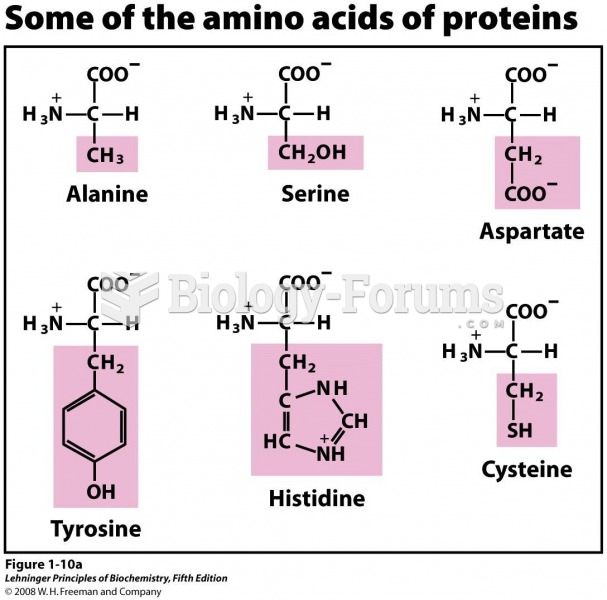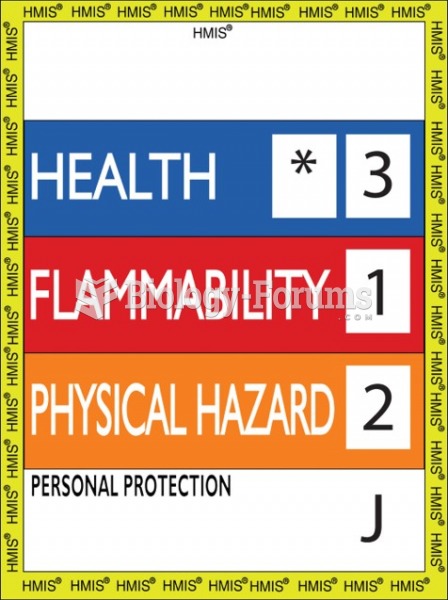Answer to Question 1
(1) long-range plans, which span a year or more, focus on major decisions regarding capacity and aggregate production plans; (2) medium-range plans, which span 6 to 18 months and involve tactical decisions regarding employment levels and similar issues; (3) short-range plans, which range from a few days to a few weeks and deal with specific issues, and the details of production - quantities of items to be produced, schedules, and sequences.
Capacity planning focuses on determining the appropriate production levels that the company is capable of completing. Capacity is the maximum amount of work that an organization is capable of completing in a given period of time.
Resource requirements planning (RRP) is a long-run, macro-level planning tool. It helps the operations leaders determine whether aggregate resources are capable of satisfying the aggregate production plan.
The next step is to create a rough-cut capacity plan (RCCP) to check the feasibility of the master production schedule. The medium-range RCCP takes the master production schedule and converts it from production to capacity required and then compares it to available capacity for each production period. If the RCCP and master production schedule are in sync, the schedule is set. If not, capacity can be adjusted through the planned use of overtime, subcontracting, resource expansion, or routing flexibility to meet production needs. Alternatively, the schedule can be revised downward.
Finally, capacity requirements planning (CRP) is used to check the feasibility of the materials requirement plan. This short-range capacity planning technique determines, in detail, the amount of labor and equipment resources that were needed to accomplish production requirements.
Materials planning, in general, focuses on balancing of future supply and demand. It involves managing sales forecasts, creating master schedules, and running materials requirement planning tools.
The aggregate production plan (APP) is a long-range materials plan that translates annual business plans, marketing plans, and forecasts into a production plan for all products produced by a facility.
The master production schedule (MPS) is a medium-range plan that is more detailed than the APP. The MPS breaks down the APP, listing the exact end items to be produced within a specific period.
The materials requirement plan (MRP) is a short-range materials plan that converts information regarding end-items in the MPS into a set of time-phased component and part requirements. MRP focuses on scheduling and placing orders for dependent demand items so that they are available in the exact quantities on the date the independent demand item is to be manufactured. Lead time for ordering and receiving these dependent demand items must also be factored into the MRP process.
For MRP to provide effective planning knowledge, the following three sets of information are needed:
1 . Independent demand information
2 . Parent-component relationship (BOM)
3 . Inventory status of the final product and all components
Answer to Question 2
(1) Private labels that sell well give the retailer negotiating power with manufacturers. (2) They can offer significant margins. (3) They can help the retailer to differentiate itself.







